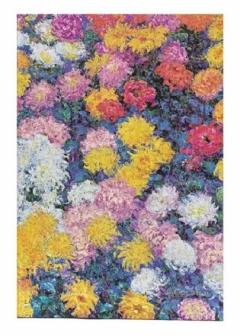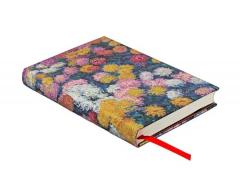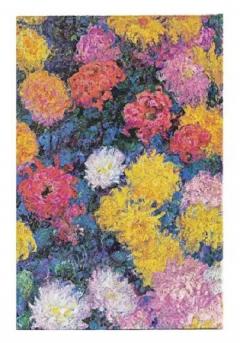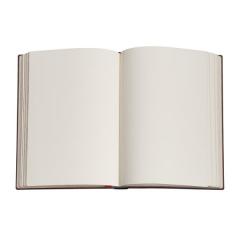French artist Claude Monet (1840–1926) was one of the founders of the Impressionist movement and is considered one of the most successful painters in contemporary art. Impressionism, which originated in France in the 1860s, is characterized by the artist’s depiction of the visual impression of the moment, specifically the transient effect of light and colour. Monet was particularly fascinated with portraying the beauty of nature as the light, shadows and colours changed with each passing moment, day or season.
Throughout his long career, Monet consistently depicted the landscape and leisure activities of Paris and its environs as well as the coastline of northern France. Raised in Normandy, Monet was introduced to plein-air painting by Eugène Boudin, known for his paintings of the resorts that dotted the region’s Channel coast, and subsequently studied informally with the Dutch landscapist Johan Jongkind (1819–1891). At the age of 22, Monet joined the Paris studio of the academic history painter Charles Gleyre. His classmates included Auguste Renoir, Frédéric Bazille and other future Impressionists.
Among the Impressionists, Monet is perhaps best known for his garden scenes and it was in Giverny, a village on the banks of the Seine River, where he discovered his greatest inspiration. After purchasing property spread across two acres, Monet set about designing an expansive garden according to the contrasts of colour and shadow, as though it were a painting. In his words, he designed his gardens at Giverny “both for the pleasure of the eye and for the purpose of having subjects to paint.”
This garden was where Monet created many of his most famous works, including a series of canvases called Chrysanthemums. The 1897 painting reproduced on our cover portrays a vibrant bed of colourful chrysanthemums captured in Monet’s distinctive heavy brushstrokes, which beautifully highlight both the magnificence and tranquility of nature.
MORE FEATURES:
- 100% recycled binder boards
- Decorative printed cover paper
- FSC-certified text paper
- Threaded stitching and glue, as needed
- Acid-free sustainable forest paper




